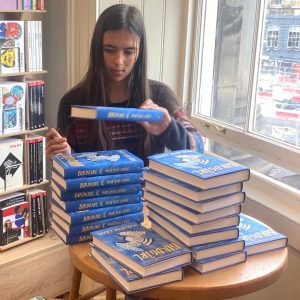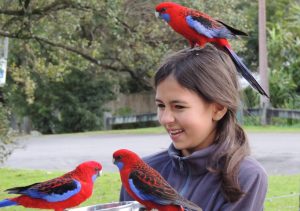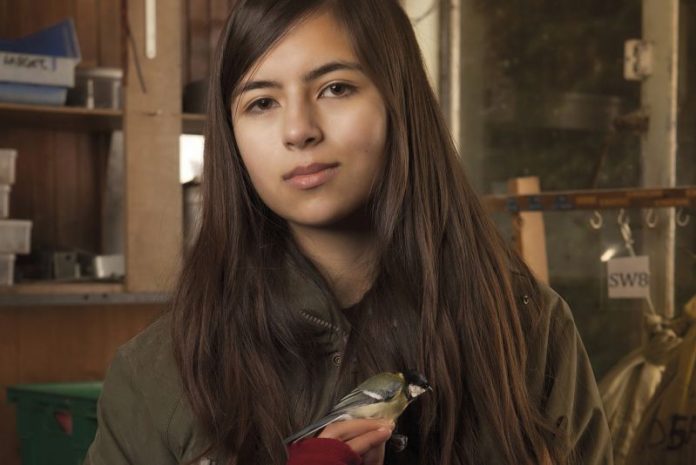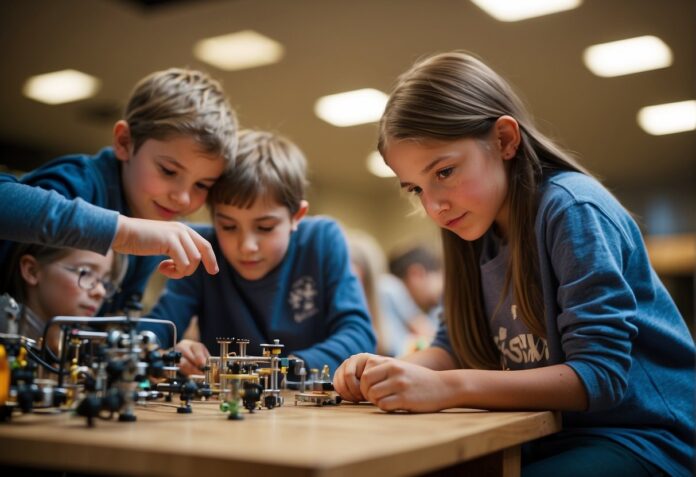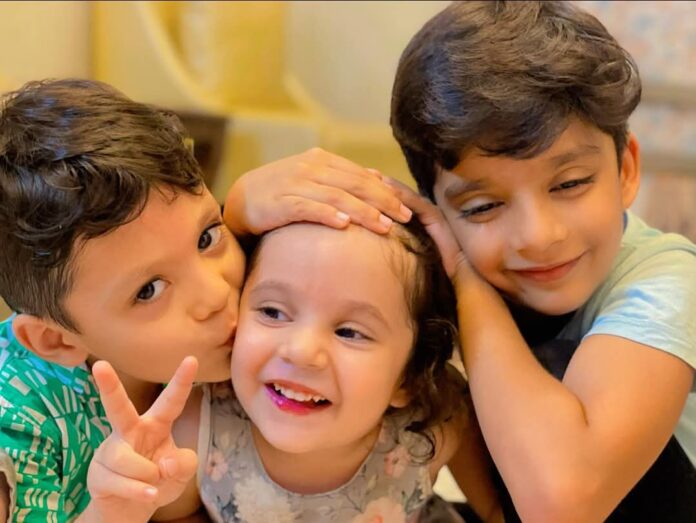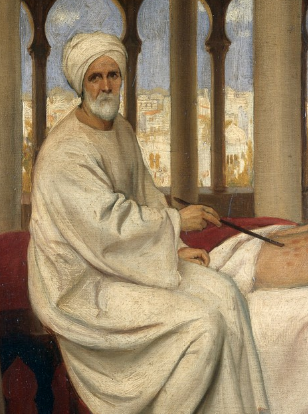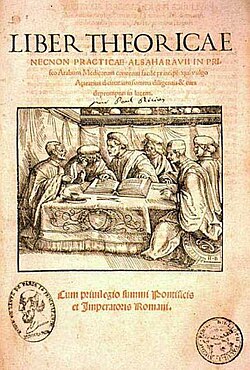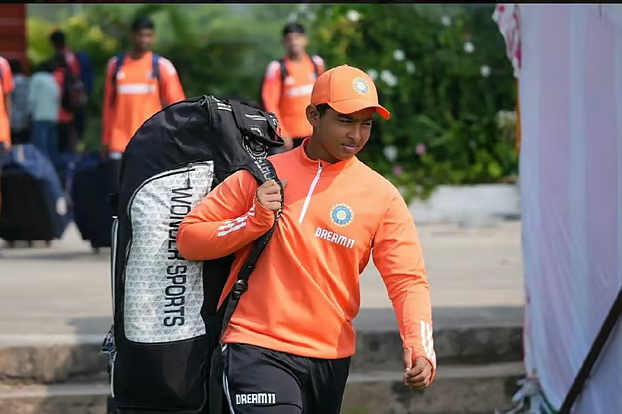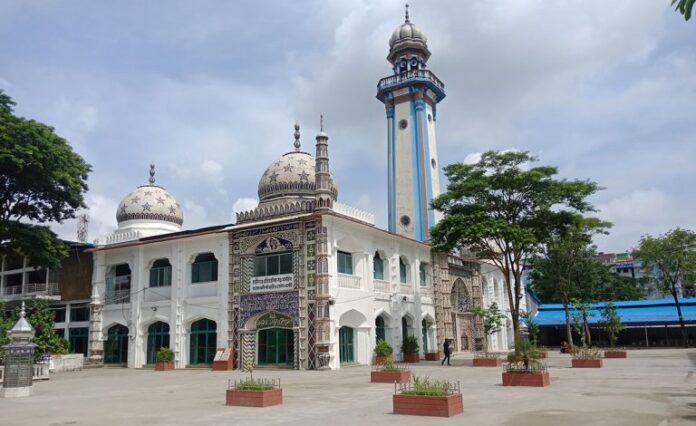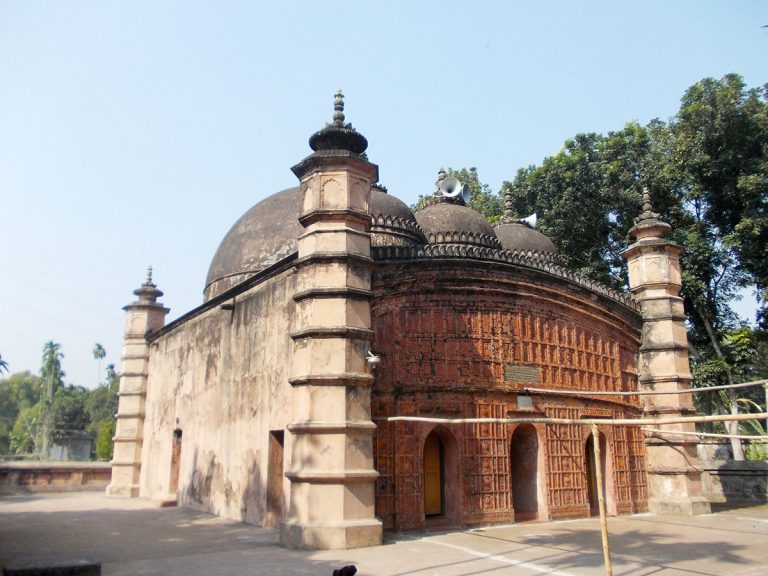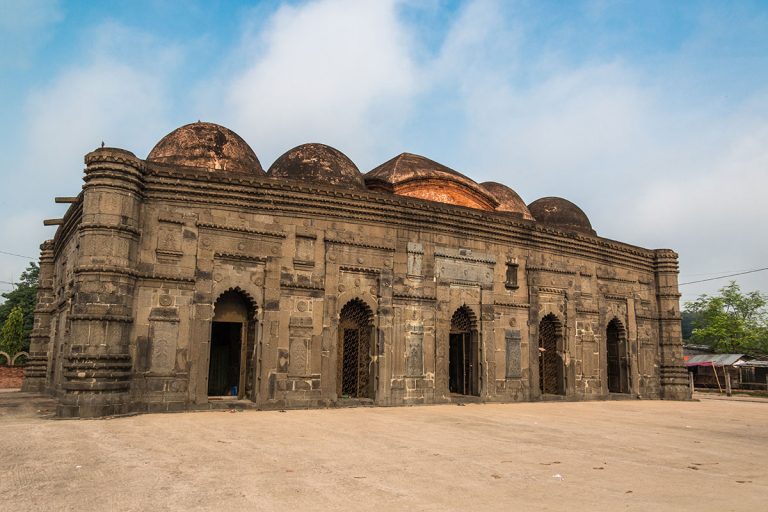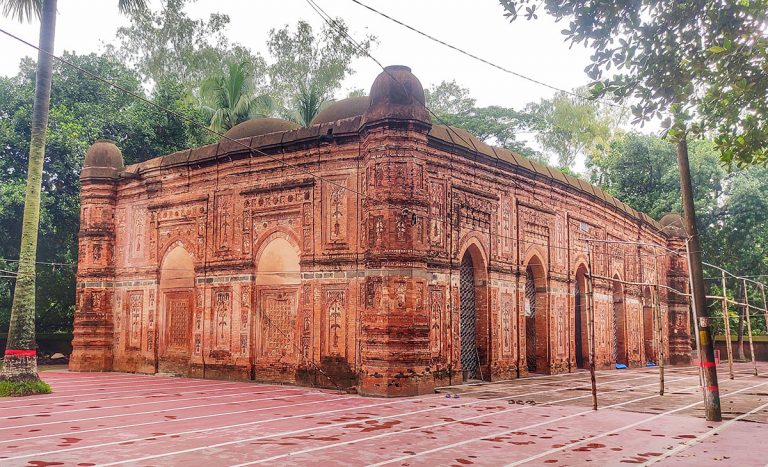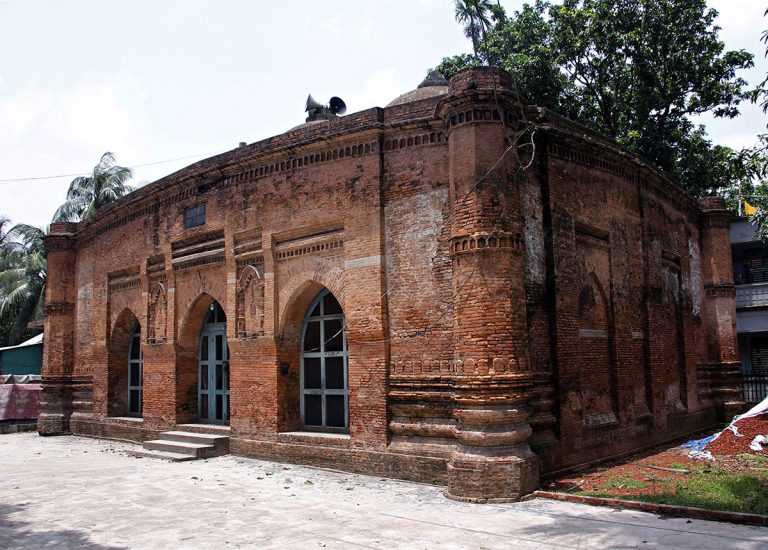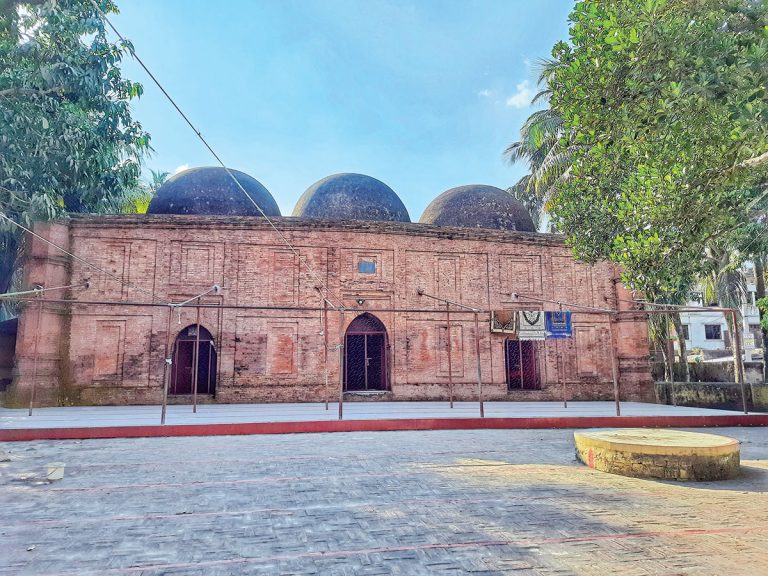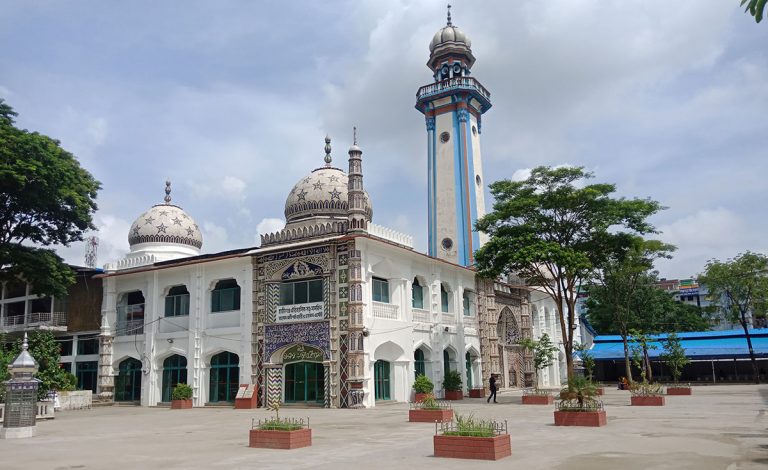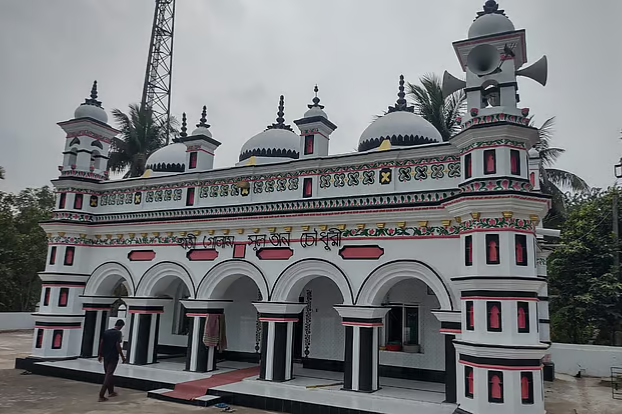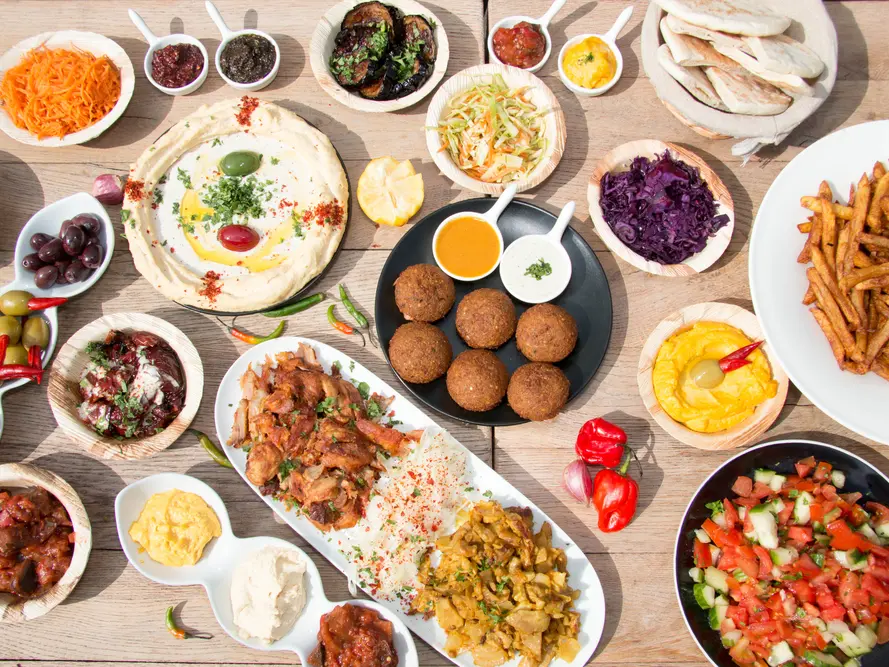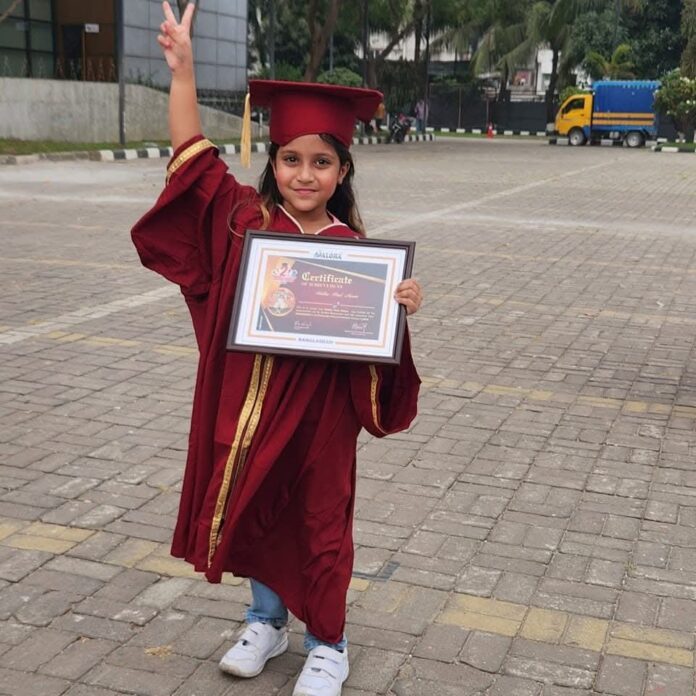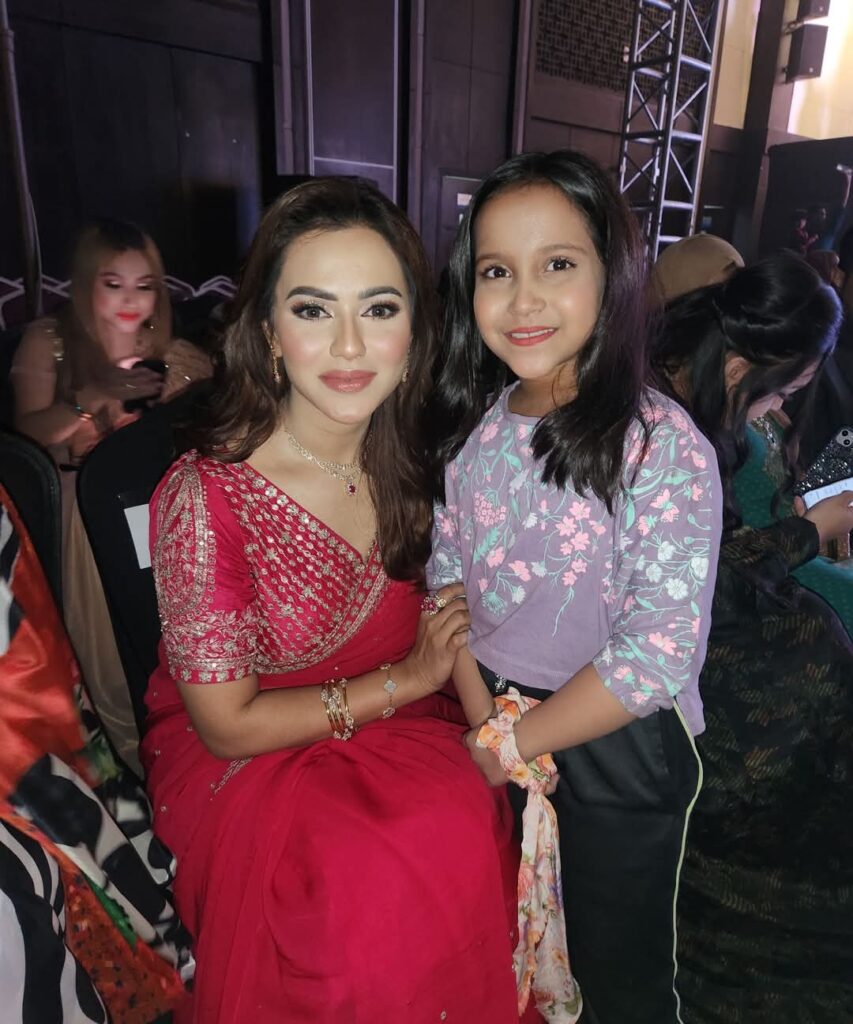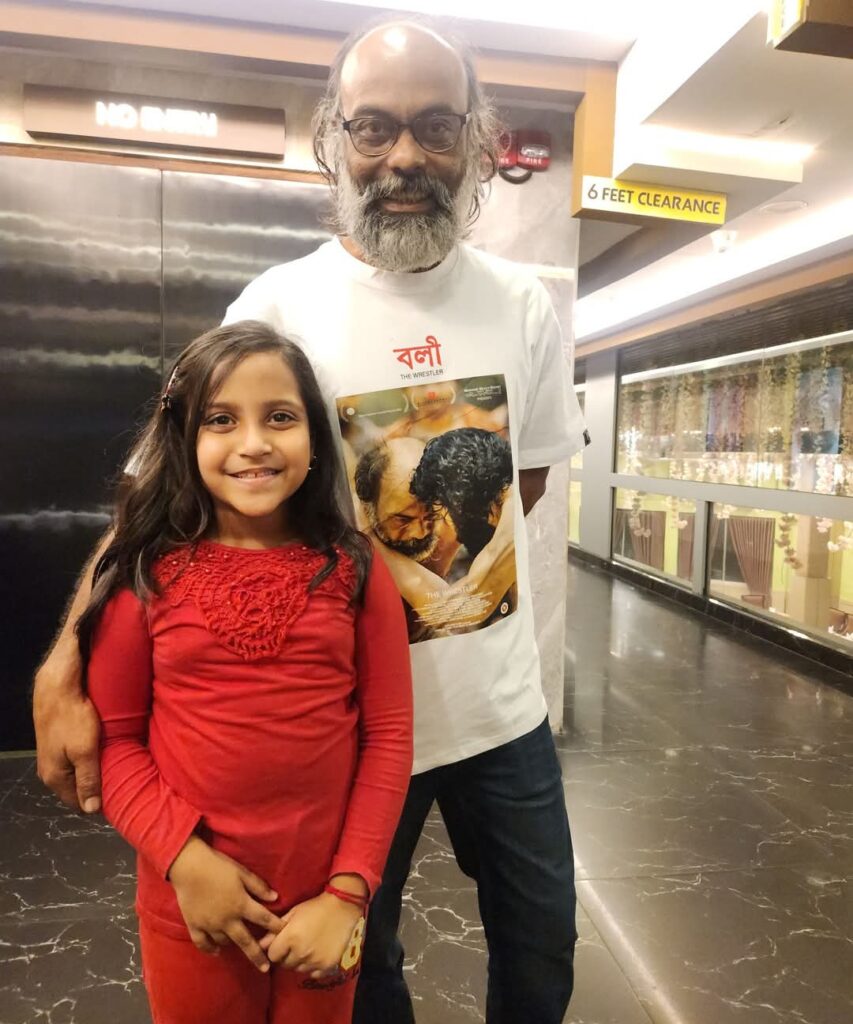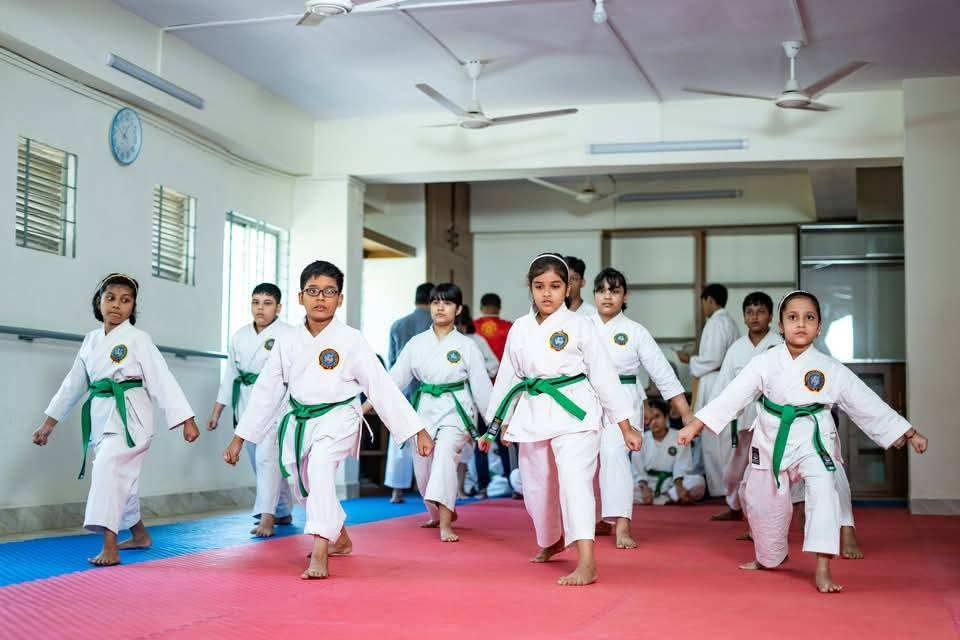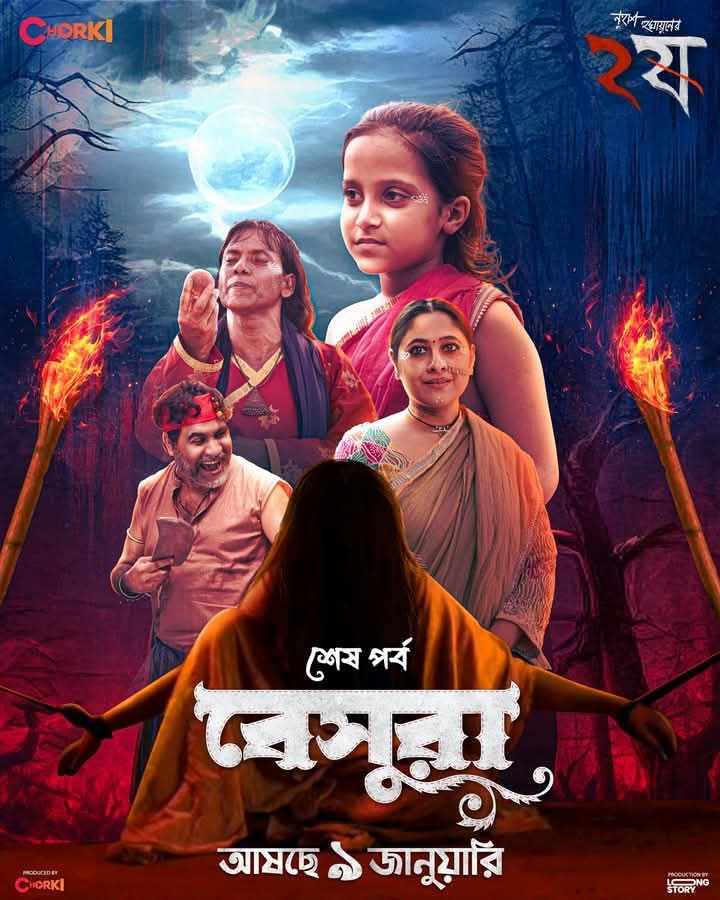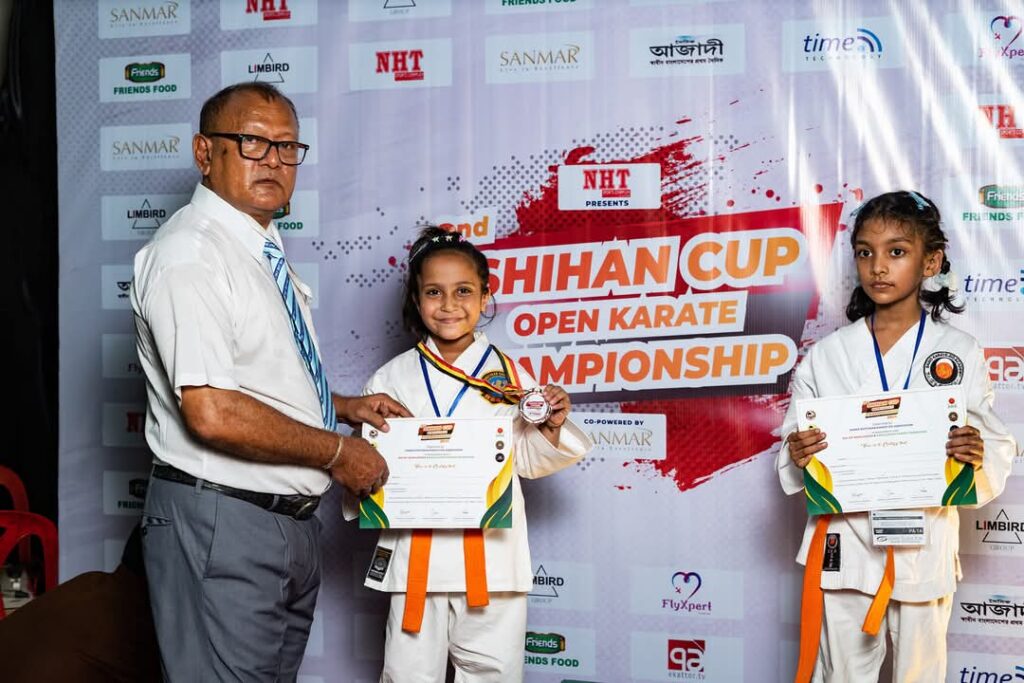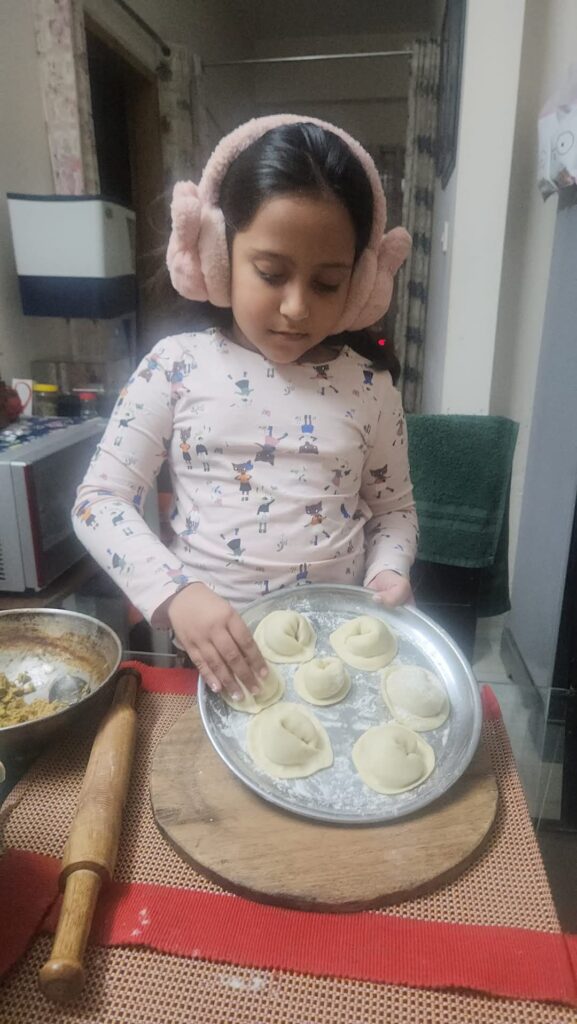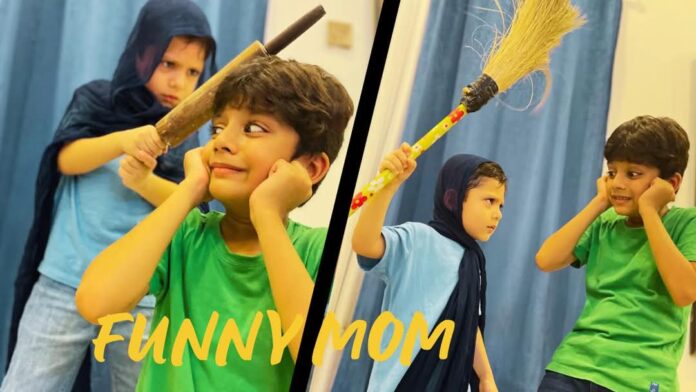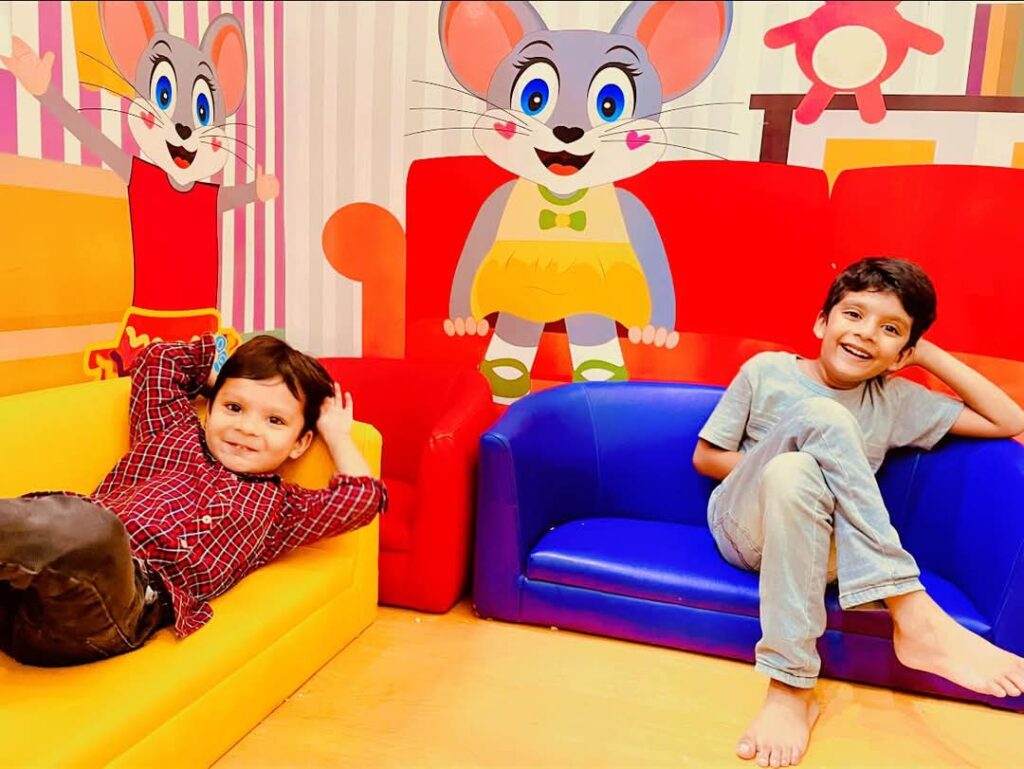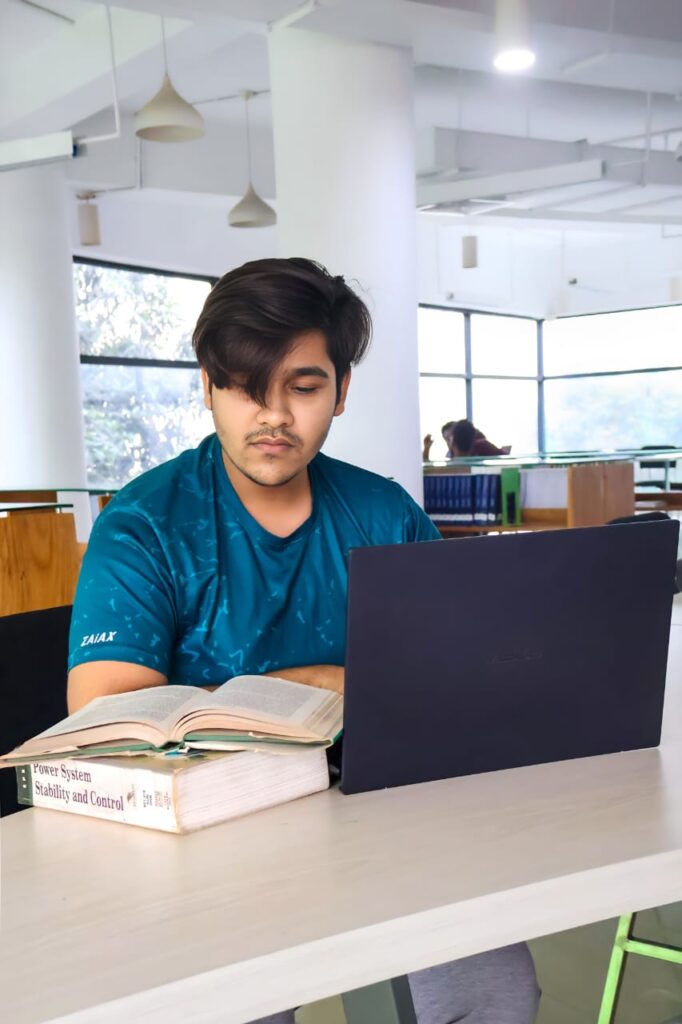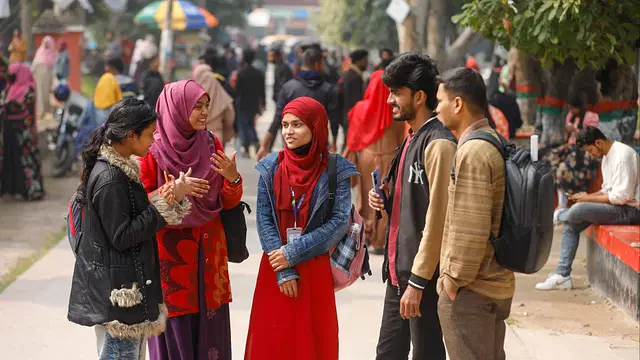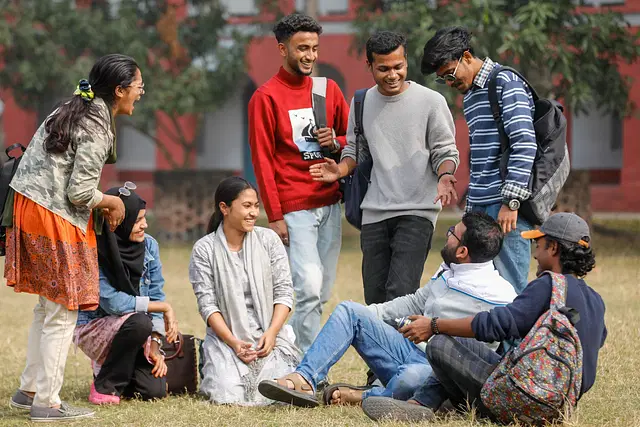Although Microsoft co-founder Bill Gates has stepped away from his professional work, he continues to play a vital role in global innovation and research through the Bill & Melinda Gates Foundation. He also shares his life experiences on his blog, Gates Notes. Recently, he wrote about his childhood, emphasizing how growing up without smartphones and social media contributed to his success as an entrepreneur.
“When I was growing up, I was always curious. I explored everything that interested or intrigued me. Whenever I felt restless or overwhelmed, I would retreat to my room and immerse myself in books or ideas. I would spend hours reading without any interruptions. This habit of using idle time for deep thinking and learning became crucial to my later success.
In the 1990s, while working at Microsoft, I set aside a dedicated Think Week every year. I would isolate myself in a cabin near Hood Canal in Washington, carrying nothing but a large bag full of books and technical papers. For seven days, I would read, think, and write about the future, speaking only to the person who brought my meals. I was so committed to this routine that I wouldn’t even check my emails.”
A Childhood of Freedom and Adventure
“My childhood was filled with an extraordinary sense of freedom, which might surprise people today. Many assume I spent all my time indoors with computers, but in reality, I was constantly exploring with friends.
As a Senate page in Washington, D.C., I was always running around. When I was in high school, Paul Allen (Microsoft’s co-founder) and I lived alone for months in Vancouver and Washington while working as programmers for a power company. My parents often had no idea where I was half the time. But back then, this was considered normal.
Of course, I got injured and got into trouble a lot. However, these experiences were more beneficial than harmful. They taught me resilience, independence, and critical thinking—skills that cannot be learned under constant supervision.
Today, childhood has become much more dependent on technology, even before the COVID-19 pandemic. Ironically, while modern parents tend to be overly protective in the real world, they often allow their children to navigate the online world without proper supervision.”
The Skill of Steve Jobs That Still Makes Bill Gates Jealous
Among the leading companies in the tech world, Apple and Microsoft stand out as two of the biggest names. Naturally, their co-founders, Steve Jobs and Bill Gates, were two of the most influential figures in the industry. However, due to their business rivalry, their relationship was often strained. Until Steve Jobs’ passing in 2011, the two tech giants didn’t share a particularly friendly bond. Recently, Bill Gates reminisced about some of his memories with Steve Jobs.
Praising Steve Jobs’ talent, Bill Gates said, “He didn’t know what a line of code meant. But he had an incredible ability to think about design, marketing, and those kinds of things. I envy that skill. I was never part of his team.” Acknowledging that he lacked Jobs’ design and sales genius, Gates admitted, “I was in the wrong batch. I was in the coding batch, while he was in the marketing and design batch. And that worked great for him.”
Recalling an interesting moment with Steve Jobs, Gates revealed that Jobs once suggested he try acid (LSD) to enhance his sensory awareness. Jobs believed that using the hallucinogenic drug could help Gates design better products for Microsoft. However, Gates never took his advice.
Notably, this incident was also mentioned in Steve Jobs’ biography. According to the book, Jobs advised Gates that he could have been more successful if he had taken acid or spent time in an ashram during his youth.
The Decision That Bill Gates Regrets
Bill Gates, the co-founder of Microsoft, made a life-changing decision in 1975 when he dropped out of Harvard University to start Microsoft with his friend Paul Allen. Despite building one of the most successful companies in the world and becoming one of the richest individuals, Gates still regrets one particular decision. He shared his regrets in his recently published book, Source Code.
In the book, Gates reflects on his childhood experiences and university life. According to the book, he enrolled at Harvard University in 1973, majoring in mathematics. In 1974, during the Christmas holidays, he and Paul Allen developed a programming language called Altair BASIC. The success of this project led Gates to leave Harvard in 1975 to focus on Microsoft. However, he continued his studies for two more years before fully committing to his company.
Even today, Gates remains nostalgic about his time at Harvard University and regrets his decision to drop out. He admits, “I truly enjoyed Harvard. I loved attending classes on psychology, economics, and history. I enjoyed being surrounded by smart people and engaging in deep discussions that lasted late into the night.”
One of Gates’ professors, Harry Lewis, also shared his thoughts on Gates’ decision. He said, “When he dropped out, I wasn’t really surprised. He was always someone who faced challenges head-on.”
Some Fun Stories from Bill Gates’ Life
The life of Microsoft’s founder, Bill Gates, has been filled with fascinating incidents. He dropped out of Harvard University to start Microsoft, became one of the world’s richest individuals, and earned a reputation as a great philanthropist. Despite being a strict manager and a brilliant thinker, Gates finds joy in washing his own plate after meals. His life is full of amusing events that have been shared in various books, online articles, and interviews with his colleagues. Business Insider once published a report featuring some of these fun stories. Here are a few of them:
Mischievous Bill Gates
Teenage Bill Gates was not a quiet and obedient student. In school, he found a clever way to gather all his favorite girls in the same class. When the school administration asked him to create a class schedule using a computer, he took the opportunity to arrange his class just the way he wanted—filling it with the girls he liked.
Skipping Classes at Harvard
While at Harvard, Gates didn’t attend a single one of the courses he registered for. Instead, he would sit in on classes he found interesting. However, his memory was so sharp that he still managed to ace his final exams. Despite not attending regular classes, he consistently received A grades.
No Interest in Academia
At the age of 20, while studying at Harvard, Gates solved a long-standing mathematical problem called “Pancake Sorting.” When his professor suggested publishing the solution in an academic paper, Gates was more focused on Microsoft. Former Harvard professor Christos Papadimitriou wrote, “Two years later, when we informed Gates that his solution had been accepted for publication in a mathematics journal, he showed no interest. He was busy writing code for microprocessors at a small company in Albuquerque, New Mexico.” Papadimitriou even thought Gates was wasting his talent.
Speeding and Getting Fined
Bill Gates has a record of being fined three times for speeding—including twice by the same police officer. While driving a Porsche 911 from Albuquerque to Seattle, he was caught and fined. Gates often sped through the Albuquerque desert, once borrowing a Porsche 928 supercar from a friend and driving it so fast that it broke down. It took a year to repair the car.
Memorizing License Plates
At Microsoft, Gates had a unique way of keeping track of his employees. He memorized their car license plates to monitor when they arrived and left the office. In an interview with The Telegraph, he said, “I had to be mindful of my standards when assessing how hard my employees were working. I knew all their license plates. Just by looking at the parking lot, I could tell who had arrived and who had left. As the company grew, I eased up on this habit a little.”
A Gamer at Heart
Gates loved playing computer games, particularly Minesweeper, to the point that it became an addiction. To maintain focus, he had to uninstall the game. Once, an employee wrote a computer script that beat Gates’ high score. Frustrated, Gates commented, “If machines can outperform humans at this speed, how will we maintain our dignity?”
Flying Economy Class
Until 1990, Gates always traveled in economy class along with his employees. It was a company rule that all staff members had to fly economy, and Gates followed the rule as well. A colleague wrote about how, even when Microsoft had grown into a major corporation, Gates showed no discomfort traveling in economy class. He would sit in the middle seat and read books throughout the flight. Later, however, he bought his own private jet.
A Master of Technology
It was impossible to deceive Bill Gates when it came to technology. While he wouldn’t interfere in software development unnecessarily, it was also impossible to fool him for even a minute. After all, he was a true programmer.
A Man of Simple Habits
After meals—especially dinner—Gates prefers to wash his own plate. Even when others offer to help, he insists on doing it himself.
A Playful Side
Once, during an interview, Gates pulled off a prank that forced a journalist to apologize. He went into a bathroom and locked himself inside, refusing to come out until the journalist said sorry. Mary Jo Foley, a reporter covering Microsoft, shared this amusing incident.
It happened at a COMDEX conference when several journalists were interviewing Gates. A well-known journalist, John Dodge, annoyed Gates by asking an unusual question: “What is the definition of a market?” Gates got irritated, left the interview, and locked himself in the bathroom, saying he wouldn’t come out until Dodge apologized. Eventually, Dodge stood outside the bathroom and said, “I am sorry,” which finally convinced Gates to come out.
Bill Gates’ life is filled with such entertaining stories, showcasing his brilliance, humor, and quirky habits
